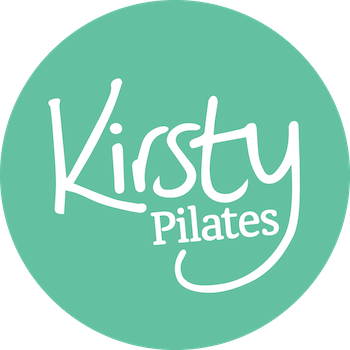In my classes I try not to confuse people with the jargon that can go along with Pilates but sometimes there is no getting away from using ‘technical terms’.
Here’s a guide to understanding some of the common catchphrases used in Pilates. How many do you know already?
Abdominal Connection
Contracting your deep abdominal muscles to stabilise the spine and pelvis during movement. When contracting these muscles draw your belly button gently away from your trousers band or imagine drawing your hip bones slightly closer together. The connection should be about 25-30% of your maximum and you should be able to maintain the connection whilst breathing naturally.
Alignment
The ankles, pelvis, spine and head are aligned vertically so that from the side they form a straight line. We set correct alignment before every exercise to make sure the body is supported and muscles are working in their correct position – standing, kneeling, side lying, prone (laying on your front), supine (laying on your back).
Cervical Spine / Thoracic Spine / Lumbar Spine
The spine is made up of a series of bones called vertebrae stacked one on top of another. There are actually 4 regions of the spine but during a Pilates class you will most likely to hear cervical (neck), thoracic (chest/trunk) and lumbar (lower back).
Doming Abs
A term used to describe the bulging of the abdominal muscles rather than being pulled in during an exercise. Weak abdominals or choosing an exercise level that’s too difficult for you tends to cause doming which can strain the lower back.
Imprint Spine
This is when your pelvis tilts backwards (posterior tilt) and the lower back gently touches into the mat. Often this exercise is used to relax the lower back or it’s a position used for more challenging exercises with both feet off the floor.
Neutral Spine
This is when you have all four natural curves of the spine. Usually we need to find the neutral position of the lumbar spine. This is done using a pelvic tilt and finding the midway point.
Pelvic Floor Muscles
Deep internal muscles that form the base of the pelvis (attaching to your pubic bone and coccyx). They support your pelvic organs, abdominal contents and bladder. Both men and women have pelvic floor muscles!
Poking Chin
A posture where the head is further forward then it should be – chin is poking out. This tends to be more common in people who work in an office and do a lot of driving.
Stability
This can refer to the stability of the pelvis, trunk and scapular (shoulder blades). It’s the ability to keep your body in the correct position whilst moving a leg or an arm, for example.
Table Top Legs
Lifting your legs so that your kneecap is directly over your hip and calf muscle is parallel to the floor – making a table top shape with your legs.

